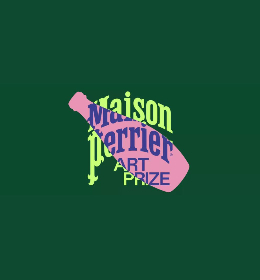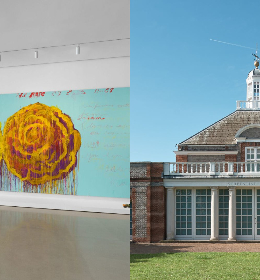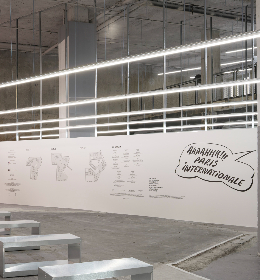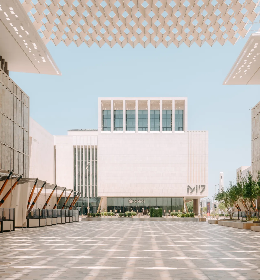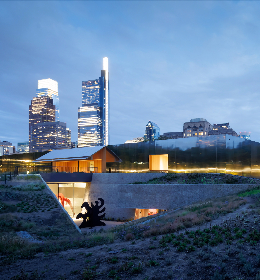Asztalos, a reflective and humble person, takes time to come to the biennial every two years to observe and appreciate the work of other artists from around the world, where he himself represented Hungary in 2013 at the 55th Venice Biennale with his project, Fired but Unexploded - a video installation with footage of unexploded bombs and juxtaposing sounds from specific places in Hungary.This conceptual and intuitive work leads to many levels of interpretation suggesting that there is another possible story, a new path for an object because it has malfunctioned. The work, due to its richness in thoughtful presentation and the multiplicity of our human existence presented through the accompanying sound recordings, leads us on a path towards interpretations of our own inevitable frailty in personal and public relationships as we make our daily journeys and life choices.
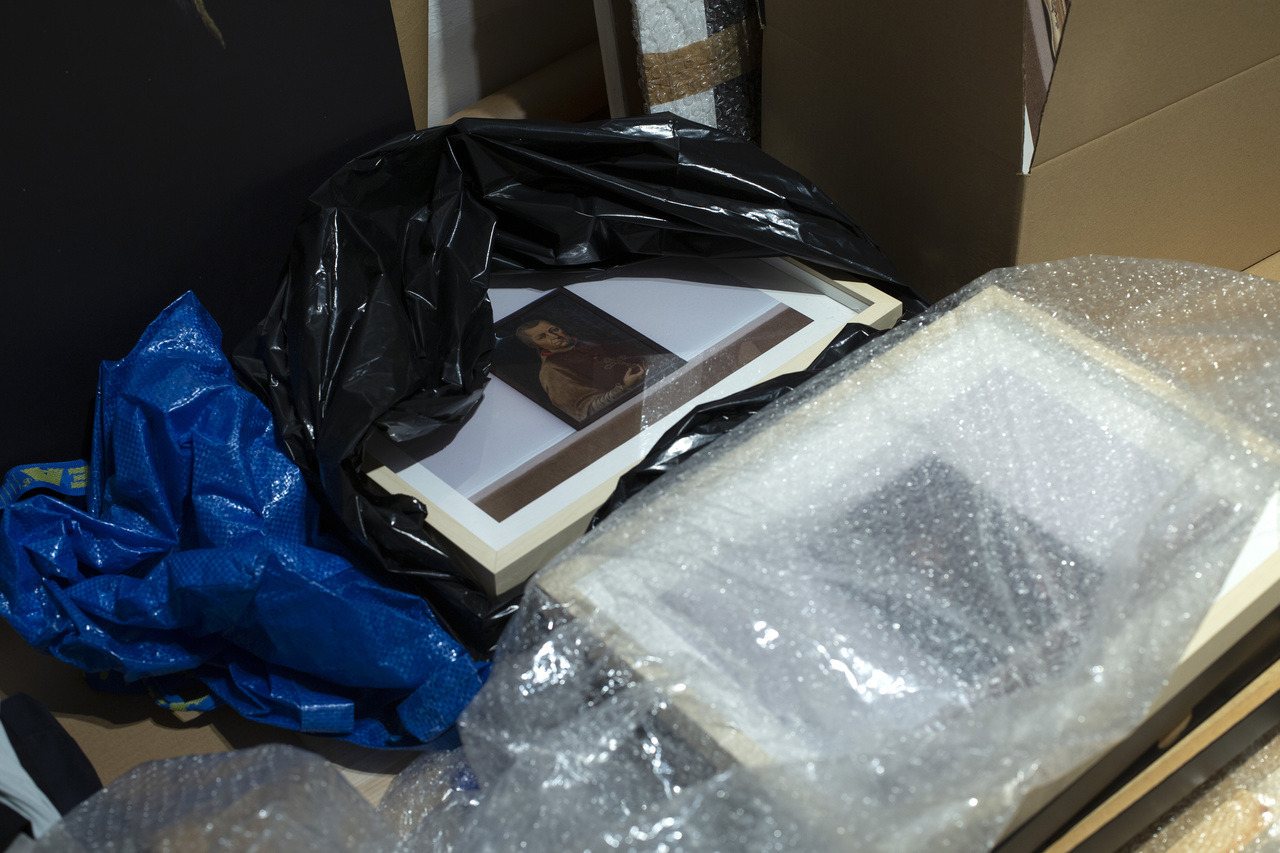
Zsolt Asztalos: Unknown Artists, installation, 2015-2019
Asztalos spoke of a recent project, just an hour’s train ride away from the center of Venice, a monument commissioned in the fall of 2018 to celebrate the centenary of the last battle of WWI, which took place in the village of Vittorio Veneto. Inspired and curious, I went to visit the work, For Disappeared Memories, prominently displayed on the village clock tower, which pedestrians pass daily from the new part of the town to the old, a journey through a historic past, lost but not forgotten. Memories, which remain lost in the anonymity of wartime, suddenly become a featured part of the monument, where fifteen small marble plaques arranged in a grid, inspire visitors to project their own stories with their mind’s eye onto the stone. Here the townspeople and visitors’ memories are invisibly projected onto these blank slates, leaving imagination to intermingle with reminiscences, so many able to relate to the work through their own histories and family stories passed down from one generation to another.
When asked about upcoming projects, Asztalos spoke of a show of the six finalists for the Leopold Bloom Award, at the Ludwig Museum in Budapest. The show not only includes recent works by Zsolt Asztalos but also those of Sári Ember, Krisztina Erdei, Áron Kútvölgyi-Szabó, Zsolt Molnár and Kata Tranker. Visiting the exhibit for the opening ceremony in Budapest, I could see the full scope of the development of Asztalos’ works over the last few years. His project, Unknown Artists, embodies the daily life struggles of an artist both currently and historically. Presented are images by unknown artists rolled partially on the floor, images wrapped and sealed as if to travel from one place to another or to be stored for indefinite periods of time. One feels as if one has inhabited the artist’s studio where the natural state of being of the artworks is folded, wrapped, rolled, shelved and leaning against walls. Living and working in Budapest, Asztalos shared some reflections on the works in the exhibition with me, “For my project, Unknown Artists, which is represented in the exhibition, I collected reproductions of artworks made by unknown artists and created an installation. The project poses inherent questions: What are we looking for in a work of art? Ideas about creation, the artist, or both? How important is the creator and how important is the work of art itself? Is it possible to separate the two at all? This issue has become increasingly emphasized in modern and contemporary art. Sometimes there is a professional marketing strategy behind an artist to create a brand hallmarked with their name. Creators who have fallen into the unknown, without any reputation, embody a kind of humility - even if it wasn’t the result of a purposeful decision. Moreover, the project refers indirectly to the canonizing mechanism of art history; who are those who are missing out, and who will get into the canon of art history? What kinds of mechanisms enable subsistence, or the covering up of certain names?”
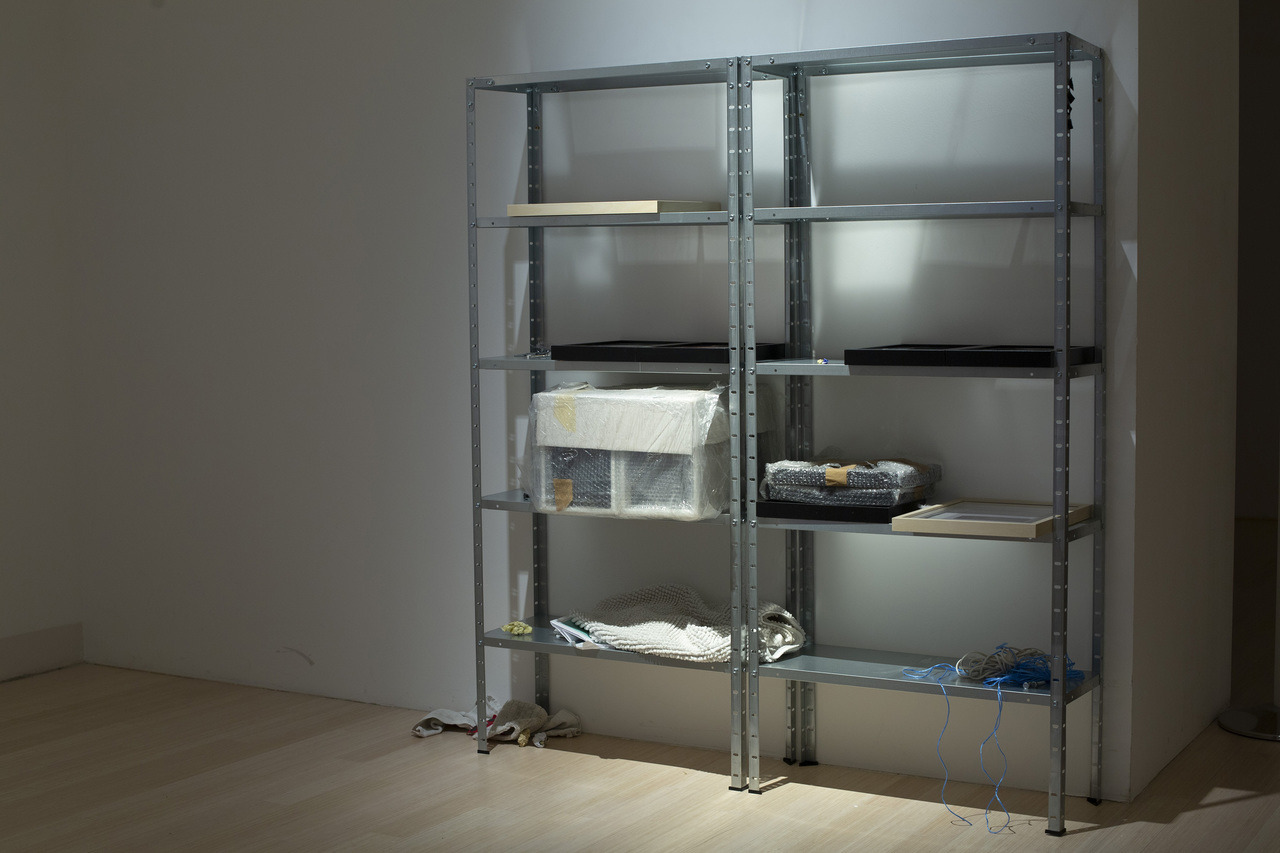
Zsolt Asztalos: Unknown Artists, installation, 2015-2019
Wondering how this work will segue into the next project, I asked Asztalos about his upcoming works and his process of developing a project. He responded, “I think that basically I have finished the Unknown Artists project. I am a project-based artist. There are themes, topics, which I am interested in and when I feel I have rendered the core idea, then I start a new project. Among my different projects there is a strong link: the analysis of our relation to the past and the editing of history. Sometimes, I enhance the art history editing aspect. The next step, which I have already begun, is using famous paintings from the canon of art history as main elements in certain installations, which I have created myself. Thus, these paintings from well-known artists, become a part of my new installation.”
Examining the works of Asztalos over the past several years, and visiting works on site in various contexts, I was curious about the relationship between the artist and the object, the object and the viewer, the object as a kind of self-embodied entity and its meaning in relation to its nature as an object and a work of art. Asztalos appears to play with these contexts, using them to draw out questions from the viewer and incite reflection. Asztalos expounds upon his work in the exhibition, “In this work, Unknown Artists, the artists have a special connection to their artworks. The artwork is a kind of personal proof of an artist’s identity. When they pass away without their names and known identities, they also leave their connection to their artworks. When I make a reproduction of their painting, their paintings in the photographs become mine; I can say that I appropriate them.”

Zsolt Asztalos: Unknown Artists, installation, 2015-2019
The works presented in an informal way, with pieces leaning against the walls or strewn across the floor, tend to deceive the viewer into thinking they were left in a casual way, but upon closer verification, one realizes the placement and strategy of the works, with even the tiniest elements of the artist’s studio in place, including small pieces of rolled up tape or paper on the shelves, as if the artist just finished packing up some work. These elements are like forgotten triggers, small papers and remnants of tape signify the human presence, the unknown artist doing the work, who has left things a little untidy. One imagines this takes time to think out and to eliminate elements that are not necessary and to keep only the essentials to give a glimpse of the life of the unknown artist. Asztalos speaks about the process and the time involved, “This work needed four years from its birth to achieve this final form. First is the conception and the main idea, then I collected materials, I shot a documentary film about this topic, and refined the way as to how I can render and expose these reproductions.”
The scope and duration of this work over four years, with its complexity conveyed with the elegance of an Olympian, make what is extremely difficult look easy; the public regards and understands this combination of work, Unknown Artists, in an intensely visceral way. There is no flesh or gore here, however, merely portraits: images of framed portraits within another frame, images cropped indiscriminately and framed, works arranged as if just about to be packed into a truck and moved to another place, whether to be stored or unwrapped for exhibition. Some of these placements/installations seem to be in their natural or everyday state of being, as in the artist's studio, always ready to go somewhere else, always wrapped and protected, even perhaps blocked from communication, while others - in an ordered sense and display - evoke pressure, derision, devoted time to organizing, structuring, eliminating what does not fit.
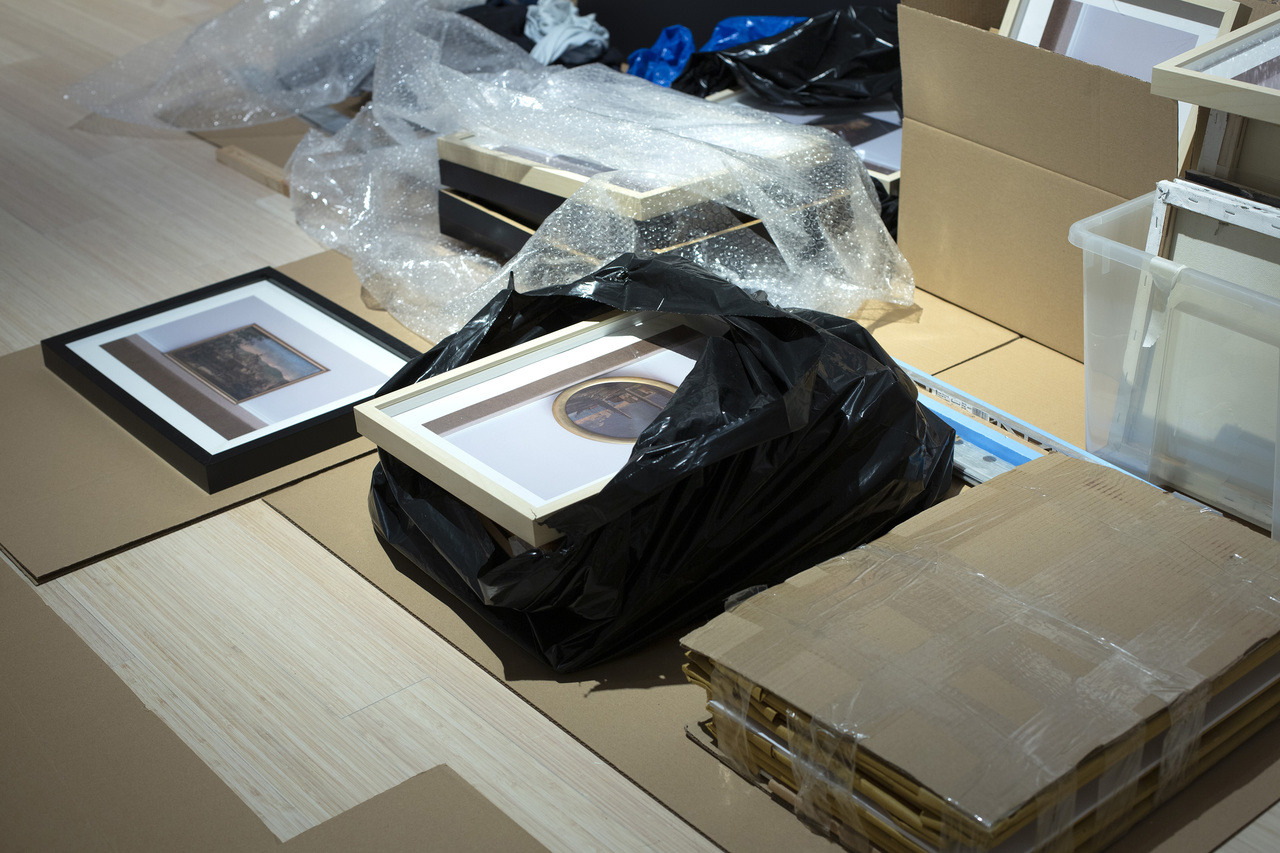
Zsolt Asztalos: Unknown Artists, installation, 2015-2019
Here there is a potential energy inherent in the positioning and placement of things; it is a valiant effort, with Asztalos having achieved the highest level of appreciation and respect within the art world, and then questioning the validity of the canon produced from the choices made by that system with that same artistic vision and clarity for which he was chosen. The question as to what happens to those who are not in his place, who have disappeared into obscurity in art history, is an inherent element in the work, an essential question one asks oneself, without realizing that he has ignited it, but with an uneasy sense of a metacognitive process, both subtle and poignant, unspoken within oneself.
Asztalos emphasizes the practical side of the work and process, the amassing of the images by unknown artists and the reality of the inevitable demise of these works, “Most of the artworks can be found in different stores, studios, homes, garages, etc., where they usually decay and slowly disappear. Only a small amount of them make it into museums. I can say that the big pile of wrapped and unwrapped artworks I exposed through my installation, is quite a realistic representation of art history.”
Leopold Bloom Award Finalists at the Ludwig Museum
June 16 - August 25, 2019
Budapest, Hungary.





